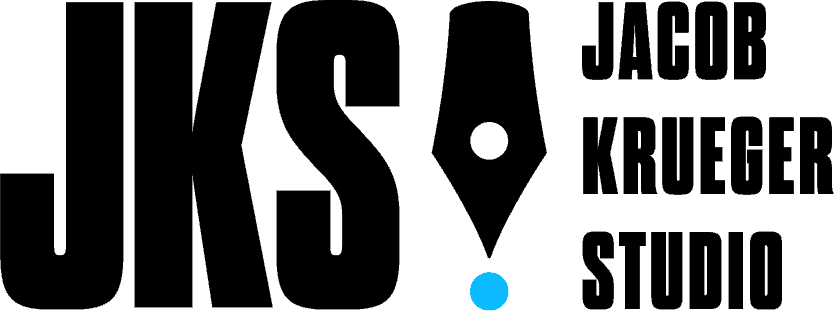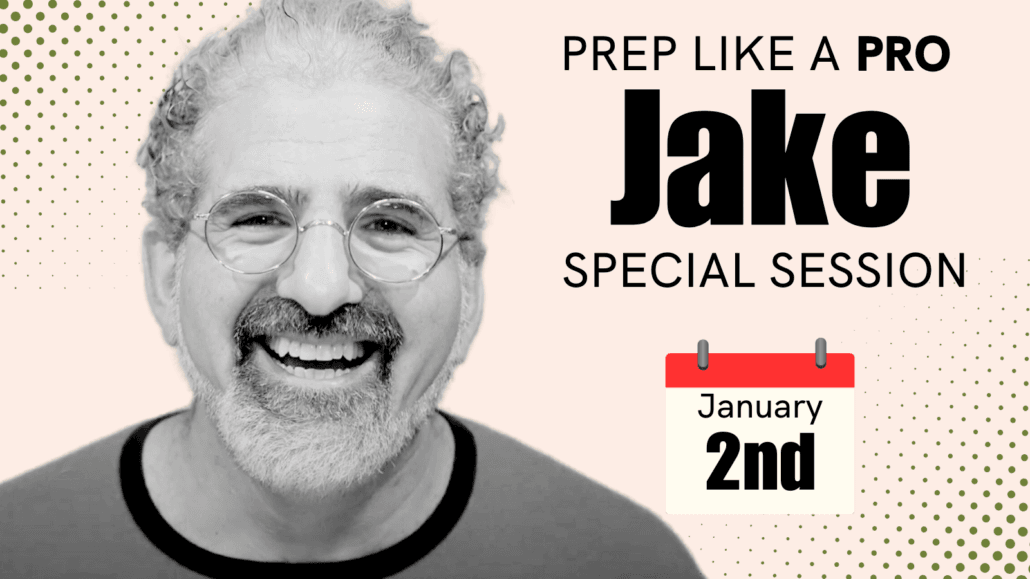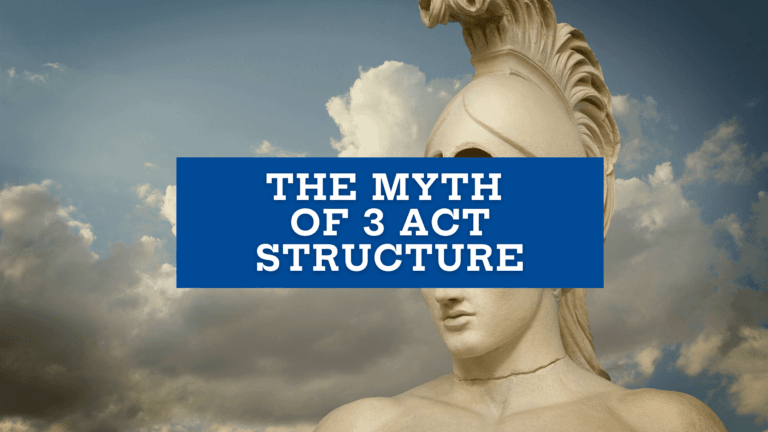[spb_text_block pb_margin_bottom=”no” pb_border_bottom=”no” width=”1/1″ el_position=”first last”]
The Power of the First and Last Image
By Jacob Krueger
[/spb_text_block] [divider type=”thin” text=”Go to top” full_width=”no” width=”1/1″ el_position=”first last”] [spb_text_block pb_margin_bottom=”no” pb_border_bottom=”no” width=”1/1″ el_position=”first last”]
Does a chain email hold the secret to your script?
A friend of mine recently sent me a chain email. Normally, I just delete these without reading. But because of the person who had sent it, I decided to take a look.
The email went something like this:
“Aoccdrnig to a rscheearch at an Enligsh uinervtisy, it deosn’t mttaer in waht oredr the ltteers in a wrod are, the olny iprmoetnt tihng is taht the frist and lsat ltteer is in the rghit pclae. The rset can be a toatl mses and you can sitll raed it wouthit a porbelm. Tihs is bcuseae we do not raed ervey lteter by it slef but the wrod as a wlohe.”
Of course the first thing it made me think about was screenwriting
Just like in the scrambled letters of this chain email, when it comes to understanding the scenes of your screenplay, your audience is not hanging on your every word. Rather, they are processing the scene as a whole. That means an audience’s ability to decipher the meaning of your story may depend upon the choices you make at the beginning and ends of each scene.
The power of the first and last images
You can think of the first and last image of each scene as the moments that lock in each step of your character’s journey. Get these moments right, and you can get away with all kinds of flights of fancy in between. Get them wrong, and no matter how compelling your writing may be, your script may start to feel like it’s got about as much structure as a bowl of oatmeal.
The difference between “unerdtsnad” and “dnerdtsnau”
If you look closely, you’ll see that the only thing I’ve done is switch the and u the d at the beginning and the end of this word… yet the first translation reads like “understand” while the second is entirely illegible. Similarly, simply by getting more specific about the images at the beginning and the end of each scene, you can pull an entire story into focus, and begin to capture the change, either literally or metaphorically, that your character has gone through within the scene.
As you start to learn more about Seven Act Screenplay Structure, you’ll discover that these little punctuated moments within your scenes not only make your screenplay more cinematic, but also become the organic building blocks for larger movements within your story, and ultimately for entire structure of your script.
Revolutionize your writing
Next time you sit down at your computer, start taking a closer look at the first image of each scene you write. Give it a little tweak to make it more compelling, more unusual, more cinematic or more specific to your character. Think about what your character wants, and what your character is doing when the scene begins. Then play around until you’ve captured that action in a way that only they would do it.
Now, think about the last image of your scene. How is it different from the one you began with? How does it reflect the change your character has gone through in the scene? Is it literal, or is it metaphorical? What makes it unique to your character and your story?
[/spb_text_block]



